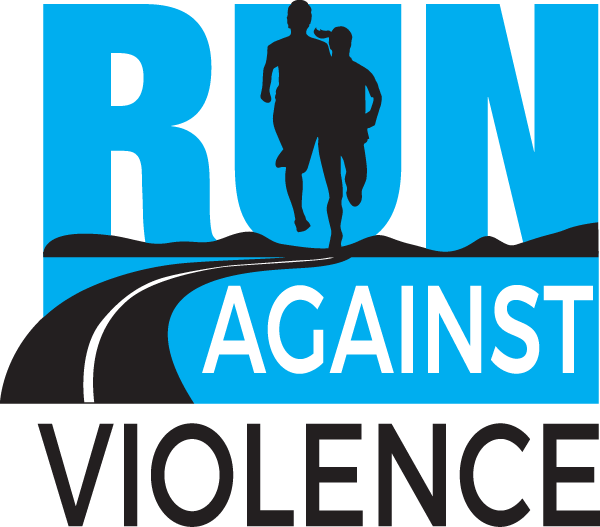Caring Conversations: How to Ask Someone if They’re Safe at Home
At Run Against Violence, we’re committed to building communities where everyone feels safe, supported, and respected. One of the most powerful ways we can all help prevent family violence is by being prepared to check in with the people we care about.
In the lead-up to “Are You Safe at Home?” day on May 10th, we share this crucial information from the Safe at Home initiative. It’s a timely reminder that asking one simple, caring question can make a difference.
How to Start the Conversation
It can feel daunting to ask someone if they’re okay, but showing you care can be the first step toward their safety. You might ask:
“Are you safe at home?”
“I’m worried about you. Is everything okay?”
“Are things okay in your relationship?”
When asking:
Choose a private moment when you’re alone.
Be kind, patient, and understanding.
Speak in person whenever possible—texting or emailing may not be safe.
Walking side by side can make the conversation feel less intimidating.
If someone is in immediate danger, ask if they want you to call 000 immediately.
Listening is Powerful
Once you’ve asked, allow them to share at their own pace. They might say:
“I’m fine.”
“I don’t want to talk about it.”
“No, I’m not safe” or “I’m scared.”
Your role is simple but critical:
Don’t interrupt or judge.
Stay calm and supportive.
If they aren’t ready to talk, reassure them:
“That’s okay, I’m here if you change your mind.”
“You can talk to me anytime.”
“Is there anything I can do to support you?”
Check in again later if you’re still concerned.
Believe and Support
If someone tells you they’re unsafe, the most important thing you can do is believe them. You don’t need to be an expert—just a compassionate ally.
You might say:
“I believe you. Thank you for trusting me.”
“Do you feel comfortable talking more about it?”
“Are you in danger right now?”
Reassure them:
“That behaviour is not okay—you don’t deserve to be treated that way.”
“Let’s explore your options when you’re ready.”
Offer practical support, such as helping them contact a service or letting them use your phone—but always let them lead. Their safety and choices come first.
Find More Help and Download the Guide
We know these conversations can feel heavy, but you’re not alone. We strongly encourage you to visit the Safe at Home website at www.areyousafeathome.org.au, where you’ll find:
Practical tips for supporting someone safely
Information on recognising the signs of family violence
Links to professional support services
Most importantly: Download their free “How to Ask Someone if They Are Safe at Home” resource—a simple, straightforward guide to help you feel confident when reaching out.
For 24/7 confidential support, contact 1800RESPECT (1800 737 732).
Why Now Matters
“Are You Safe at Home?” day on May 10th is a national call to action, encouraging all of us to have these vital, caring conversations. By sharing this guide and amplifying the Safe at Home message, we hope to create more opportunities for connection, safety, and change.
Let’s Keep the Conversation Going
At RAV, we know that true change happens when we come together—one question, conversation, and caring moment at a time.
Want to do more?
Join our 2025 RAV challenge later this year to raise awareness and funds.
Share this blog and the Safe at Home resource with your networks.
Keep the momentum going by spreading messages of safety, respect, and hope to those who need to hear them.
Together, we are stronger, and we can help create homes and communities free from domestic and family violence.
